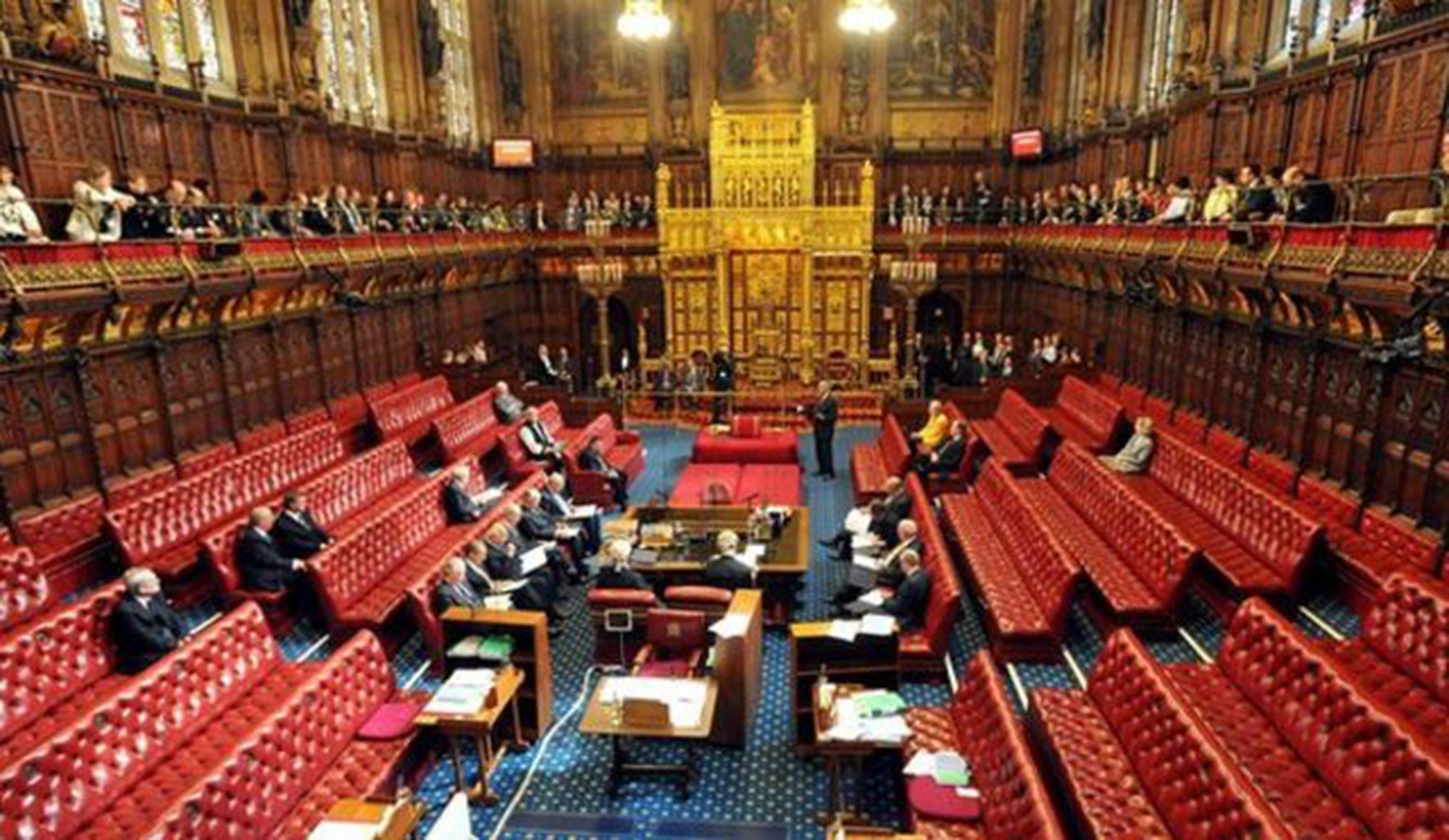Average fixed mortgage rates have increased for the first time since February, according to the latest Moneyfacts UK Mortgage Trends Treasury Report. The data shows that both two- and five-year fixed-rate mortgages rose by 0.02% in October, to 4.98% and 5.02% respectively.
This marks the first month-on-month rise in fixed rates in eight months. Despite the uptick, rates remain well below the levels seen a year ago. The average two-year fixed rate is down 0.42% from 5.40% in October 2024, while the five-year rate has fallen by 0.05% over the same period, down from 5.07%.
The overall Moneyfacts Average Mortgage Rate also rose to 5.02%, up from 5.00% the previous month. This is still significantly lower than the 6.21% recorded in October 2023.
Lender activity also affected the average mortgage shelf-life, which increased to 22 days, up from 17 days in September — the highest since April 2025, when it stood at 21 days.
Elsewhere, the average two-year tracker variable mortgage rate rose to 4.67%, while the average Standard Variable Rate (SVR) fell to 7.27%. The SVR remains below its recent peak of 8.19% seen in late 2023.
The total number of available mortgage products dipped slightly to 6,998, falling below the 7,000 mark. However, availability at higher loan-to-value (LTV) tiers continues to strengthen. The combined number of deals at 90% and 95% LTV rose to 1,362 — the highest figure since March 2008, when 1,532 products were recorded.
Rachel Springall, finance commentator at Moneyfacts, said: “Borrowers may well be disappointed to see fixed mortgage rates on the rise. Volatile swap rates and a cautionary approach among lenders have led to an abrupt halt in consecutive monthly average rate falls. The average two- and five-year fixed mortgage rates rose by 0.02%, to 4.98% and 5.02% respectively, the first month-on-month rise in eight months (February 2025). Overall, the Moneyfacts Average Mortgage Rate also rose for the first time since February 2025 to 5.02%. The shift in sentiment towards pre-pricing and product churn during September led to a rise in the average shelf-life of a mortgage, to 22 days, the first jump above 20 days for six months (21 days – April 2025). This increase is likely a result of a calming mortgage market, so it will be interesting to see if activity picks up should lenders need to hit any year-end targets.
“There may be little margin of rate movement from lenders in the coming weeks, prolonging the subdued sentiment. Inflation is expected to peak at 4%, which would then be double the desired 2% target, so any imminent base rate cuts by the Bank of England seem unlikely. However, even with the three base rate cuts since the start of 2025, fixed mortgage rates can move up regardless, such as in reaction to volatile swap rates. It is not all doom and gloom for borrowers, as the mortgage market has shown how far it has improved over recent years. Borrowers who locked into a two-year fixed rate deal back in October 2023 would have been paying 6.47% in interest on average, compared to 4.98% now. That is a difference of £225 per month in repayments on a £250,000 mortgage over 25 years.
“The repercussions of rising fixed rates and subdued sentiment stifle the Government’s push for lenders to do more to boost UK growth. However, even with a slight dip in product choice across the mortgage spectrum, the combined quantity of deals available to borrowers with a 5% or 10% deposit or equity stands at a 17-year high. The relaxation of loan-to-income rules is a positive step for improving mortgage affordability challenges, but first-time buyers are still waiting for more affordable housing to be built. Whether purchasing or refinancing, it remains essential borrowers seek independent advice to navigate the mortgage maze and not feel pressured to secure a deal because of the Budget rumour mill.”
| Mortgage market analysis | ||||||
| Oct-23 | Oct-24 | Apr-25 | Sep-25 | Oct-25 | ||
| Fixed and variable rate products | Total product count – all LTVs | 5,495 | 6,645 | 6,870 | 7,062 | 6,998 |
| Product count – 95% LTV | 252 | 351 | 442 | 464 | 453 | |
| Product count – 90% LTV | 648 | 751 | 845 | 896 | 909 | |
| Product count – 60% LTV | 585 | 775 | 797 | 791 | 790 | |
| All products | Shelf-life (days) | 16 | 21 | 21 | 17 | 22 |
| All LTVs | Average two-year fixed rate | 6.47% | 5.40% | 5.32% | 4.96% | 4.98% |
| Average five-year fixed rate | 5.97% | 5.07% | 5.18% | 5.00% | 5.02% | |
| 95% LTV | Average two-year fixed rate | 6.74% | 5.89% | 5.81% | 5.42% | 5.46% |
| Average five-year fixed rate | 6.08% | 5.44% | 5.62% | 5.40% | 5.44% | |
| 90% LTV | Average two-year fixed rate | 6.39% | 5.73% | 5.59% | 5.27% | 5.27% |
| Average five-year fixed rate | 5.78% | 5.22% | 5.33% | 5.18% | 5.18% | |
| 60% LTV | Average two-year fixed rate | 6.16% | 4.84% | 4.79% | 4.48% | 4.52% |
| Average five-year fixed rate | 5.65% | 4.57% | 4.69% | 4.65% | 4.68% | |
| All LTVs | Standard Variable Rate (SVR) | 8.18% | 7.96% | 7.60% | 7.32% | 7.27% |
| All LTVs | Average two-year tracker rate | 6.17% | 5.67% | 5.20% | 4.66% | 4.67% |
| Data shown is as at the first available day of the month, unless stated otherwise. | ||||||
| Source: Moneyfacts Treasury Reports | ||||||
| Moneyfacts Average Mortgage Rate | |||||
| Oct-23 | Oct-24 | Apr-25 | Sep-25 | Oct-25 | |
| Moneyfacts Average
Mortgage Rate |
6.21% | 5.30% | 5.28% | 5.00% | 5.02% |
| Calculated from the total of all on-sale, core market, fixed and variable tracker mortgages. Standard exclusions apply: Self-build only, shared ownership only, new build only, shared equity only, standard variable rates and adverse credit | |||||
| Source: Moneyfacts Average Mortgage Rate. | |||||
Reflecting on this latest data, Simon Gammon, managing partner at Knight Frank Finance, said: “Inflation has crept close to double the Bank of England’s 2% target in recent months, and consumers’ inflation expectations have started to rise. Both factors have unsettled policymakers and paused the steady decline in mortgage rates we’ve seen since early spring.
“Lenders have responded cautiously, with some edging rates higher and the overall average ticking up slightly. This is unlikely to mark the start of a sustained rise in borrowing costs, but rather a prolonged plateau while the outlook becomes clearer.
“The pause is likely to weigh on housing market activity, which was already showing signs of softening ahead of the November Budget amid speculation about potential changes to property and personal taxation.
“That said, some of the most competitive fixed-rate products remain available around 3.8%, and now may be a sensible time to lock in. If rates improve later, most borrowers can renegotiate before completion, so it’s worth securing a good deal while it’s on the table.”








